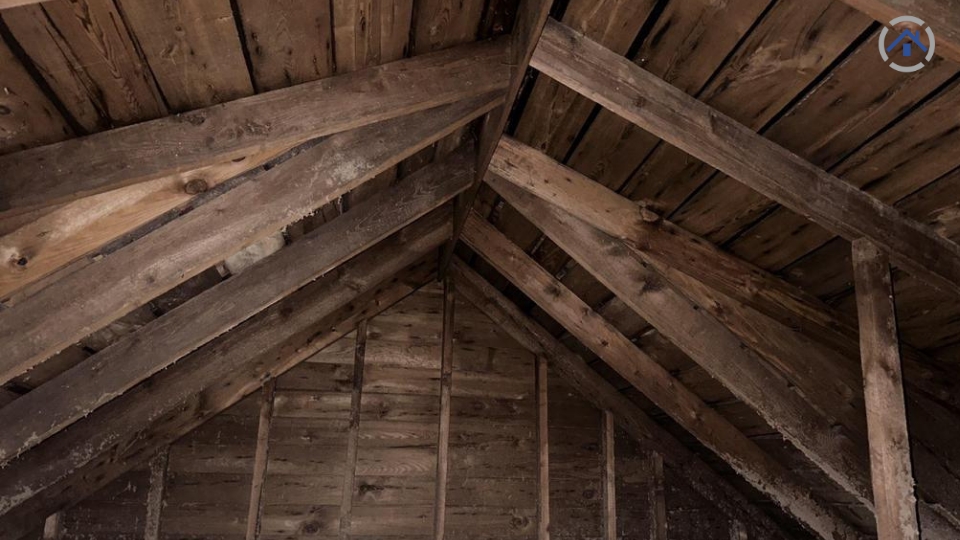
Have you ever been startled by eerie creaking sounds coming from your roof, especially when watching a scary movie? While it may be tempting to attribute these sounds to supernatural forces, the truth is far less spooky. This blog post delves into the logical explanations for roof creaking, focusing on factors such as temperature, humidity, and wind. By understanding these causes, you can alleviate concerns and take appropriate measures to address the issue.

Regarding roof creaking, temperature, and humidity changes play a significant role. Wood, being a natural material, is particularly susceptible to these fluctuations. During periods of high humidity, wood absorbs moisture, causing it to expand. Conversely, in drier conditions, wood loses moisture and shrinks. These continuous cycles of expansion and contraction can lead to creaking sounds emanating from your roof.
One common scenario involves roof decking installed too close together without leaving a proper gap for wood expansion. Ideally, roof decking should be installed with H clips, naturally creating a 1/8-inch gap between roof sheathing. Failing to allow this necessary expansion space can result in creaking noises as the wood pushes against neighboring planks or 2x4s.
In addition to the expansion and shrinking of wood due to temperature and humidity changes, there are several other ways in which temperature and humidity can affect your roof. Let's explore some of these factors:
Like wood, other roofing materials like metal, asphalt, and concrete can expand and contract with temperature variations. This thermal expansion and contraction can lead to stress on the roof structure and potentially cause cracks or damage to the roof surface over time.
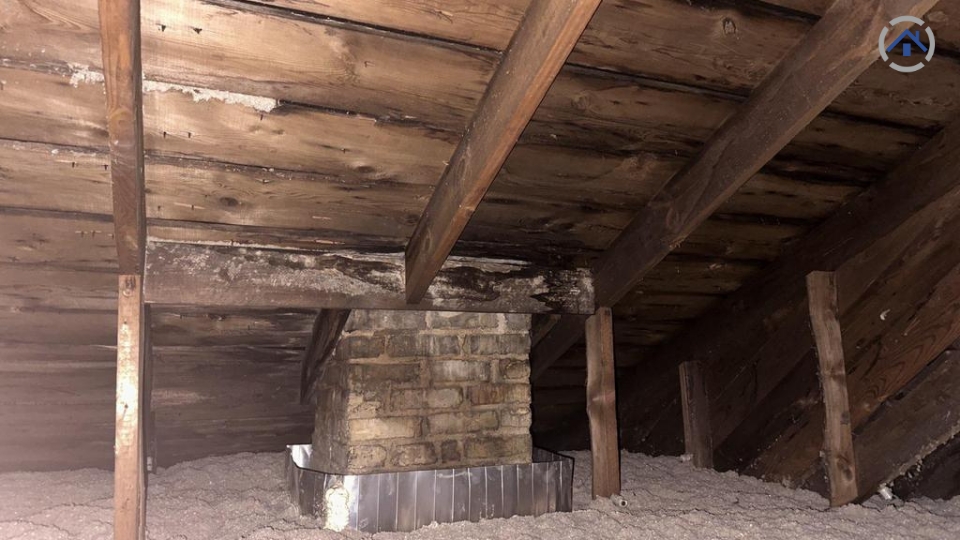
Excessive humidity or moisture can have detrimental effects on your roof. When water infiltrates the roofing materials, such as shingles or tiles, mold, mildew, and algae can grow. These organisms can deteriorate the roof's integrity, causing it to become weak, discolored, or even develop leaks.
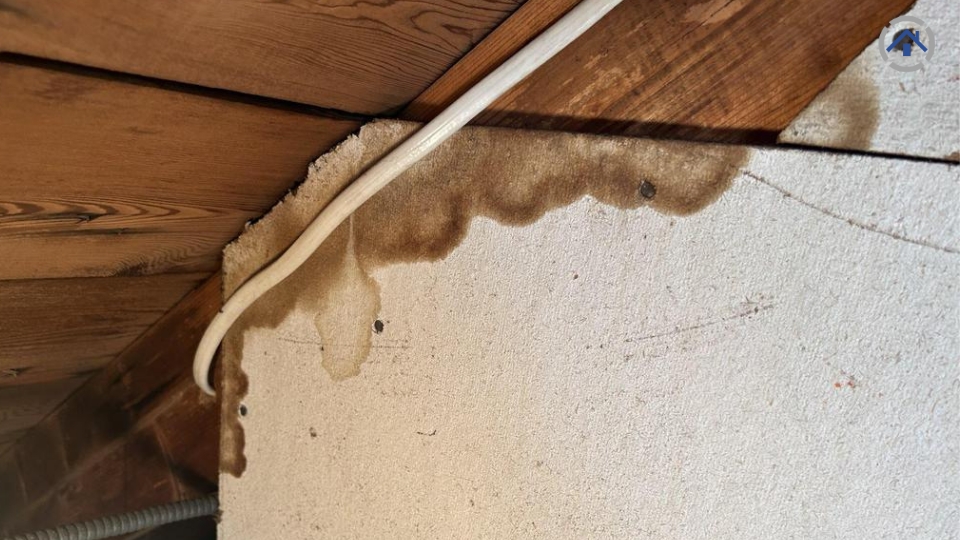
Temperature fluctuations can create ice dams on the roof in regions with cold climates. Ice dams form when snow melts on the warmer sections of the roof and refreezes along the colder eaves or gutters. This ice's repeated freezing and thawing can damage the roof's structure, leading to leaks and water infiltration.

Temperature differentials between the interior and exterior of your home can result in condensation on the underside of the roof deck. This condensation can accumulate over time, leading to moisture problems, including mold growth and rot in the roof's supporting structures.
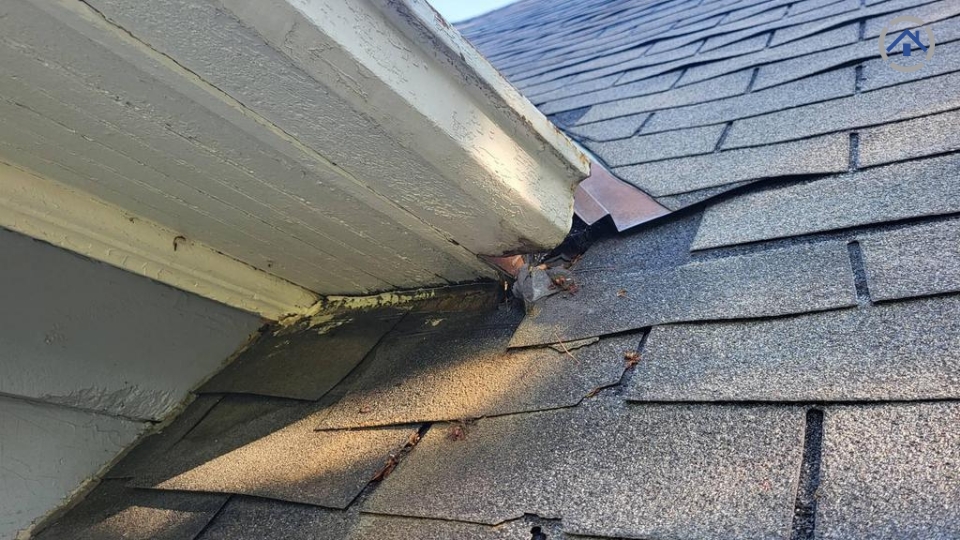
Roofing materials exposed to rapid temperature changes undergo a process called thermal cycling. This involves the repeated expansion and contraction of the roof components, which can cause fatigue and premature aging of the materials. Over time, this can lead to cracking, warping, and reduced roof lifespan.
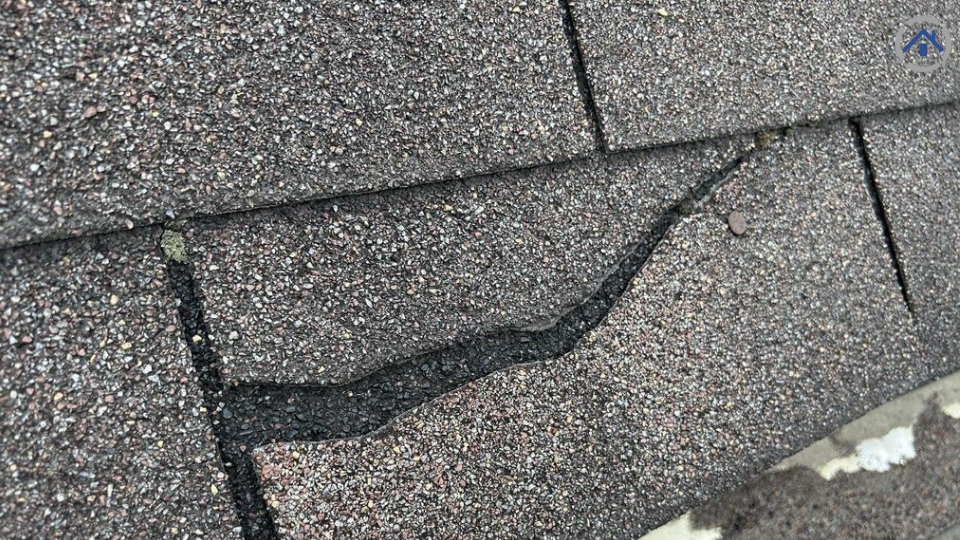
Temperature and humidity affect the overall energy efficiency of your home. Poor insulation or ventilation in the roof can allow heat transfer between the interior and exterior, resulting in increased energy consumption for cooling or heating. Proper insulation and ventilation can help regulate temperature and humidity levels, reducing energy costs and increasing comfort.
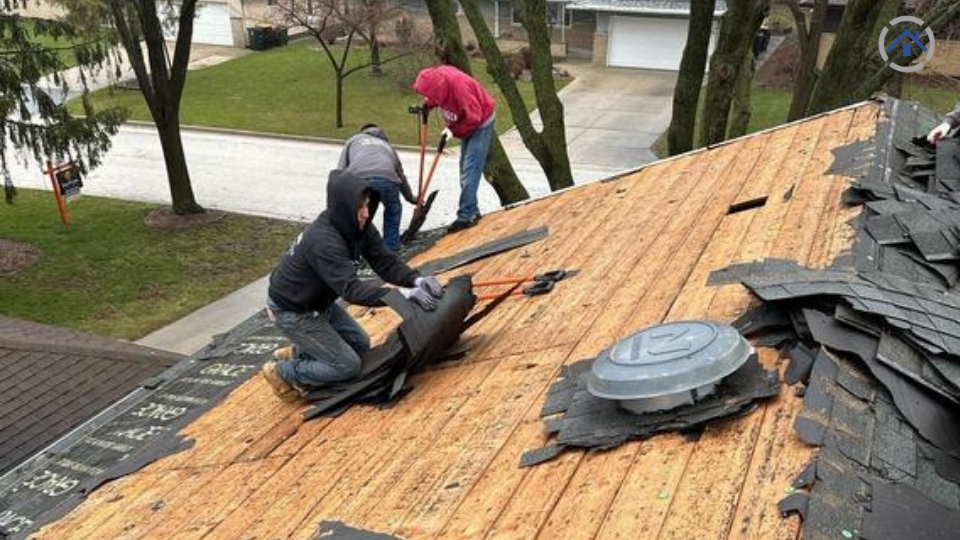
It's crucial to ensure proper installation techniques, use suitable roofing materials, and maintain regular inspections. Adequate ventilation, insulation, and moisture barriers can help protect your roof from the adverse effects of temperature and humidity fluctuations. Consulting with a roofing professional can provide valuable guidance in choosing the right materials and strategies to ensure the longevity and performance of your roof in varying weather conditions.
The wind is another significant factor contributing to roof creaking. Wind exerts considerable pressure on the roof trusses and wall framing, particularly during strong gusts. This pressure can cause the materials to shift slightly, resulting in creaking sounds.
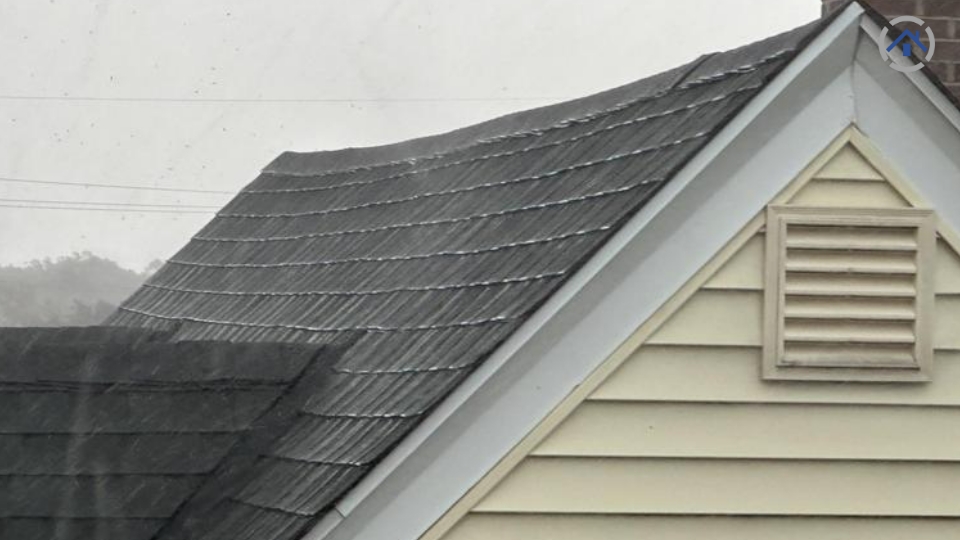
It is crucial to ensure the roof structure is properly secured. Regular inspections and maintenance can help identify weak spots or loose connections that may contribute to the problem. Reinforcing or replacing damaged roof trusses and ensuring wall framing can provide added stability and reduce creaking caused by wind.
In addition to wind-induced roof creaking, there are several other impacts that wind can have on your roof. Let's explore some of these factors:
Strong winds can create a phenomenon known as wind uplift, where air pressure creates a lifting force on the roof surface. This can be especially problematic in areas prone to hurricanes, tornadoes, or severe storms. If the roof isn't properly designed or installed to resist wind uplift forces, it can result in roof damage or even complete roof failure.
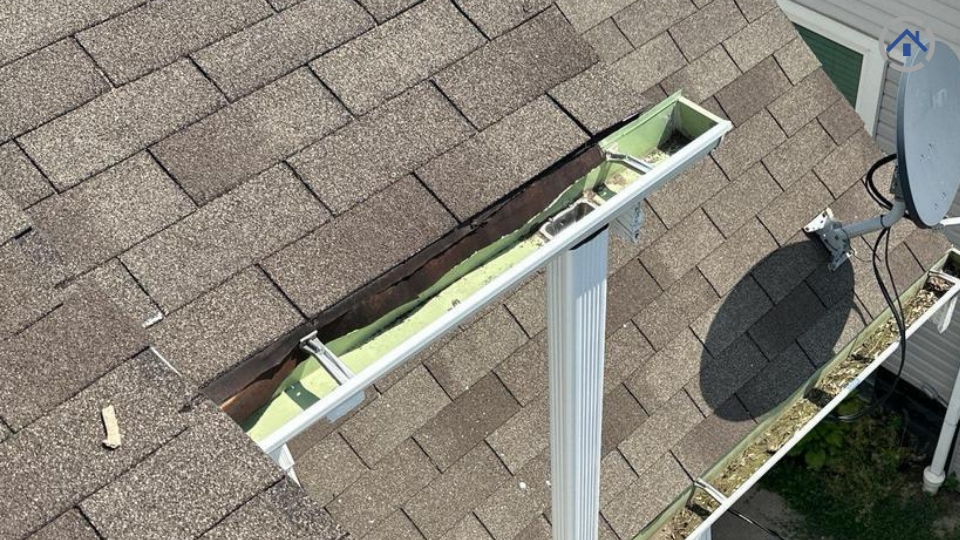
High winds can cause shingles to lift, curl, or become dislodged from the roof surface. This exposes the underlying roof materials to potential water infiltration, leading to leaks and water damage. Regularly inspecting the condition of your shingles and promptly addressing any damaged or missing shingles can help mitigate the risk of wind-related roof problems.
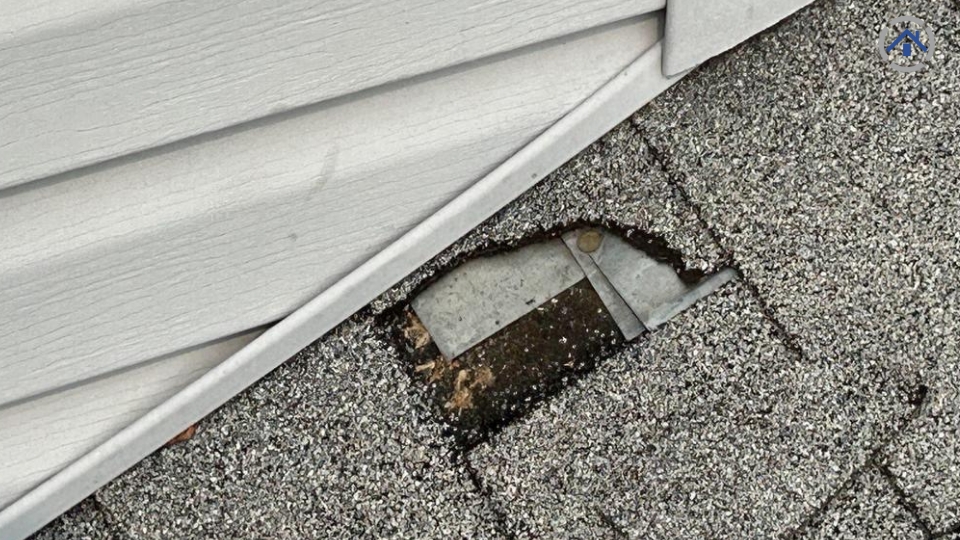
The wind can also compromise the integrity of roof flashing and sealant. Flashing prevents water penetration at vulnerable roof areas like valleys, chimneys, or skylights. Strong winds can dislodge or damage the flashing, creating openings for water to enter. Similarly, wind pressure can cause sealant to crack or break, reducing its effectiveness in retaining moisture.
During severe wind events, debris like tree branches, loose objects, or airborne projectiles can collide with the roof surface. This can cause punctures, cracks, or other forms of damage, compromising the roof's ability to provide adequate protection. Regularly trimming trees near your home and securing loose objects in your yard can minimize debris impact risk.
Wind can stress the overall structural integrity of your roof and home. Strong winds can exacerbate these issues and potentially lead to structural failure if your roof framing or supporting structures are weak or improperly installed. Ensuring your roof structure is designed and constructed to withstand the wind loads specific to your region is essential for long-term stability and safety.
It is advisable to take preventive measures such as:
It's essential to adopt a proactive approach. Regular maintenance and inspections are key to identifying potential issues early on. Engage a professional roofing contractor to conduct thorough inspections, focusing on the roof structure, decking, and connections. Detecting and rectifying problems promptly can prevent further damage and minimize creaking sounds.
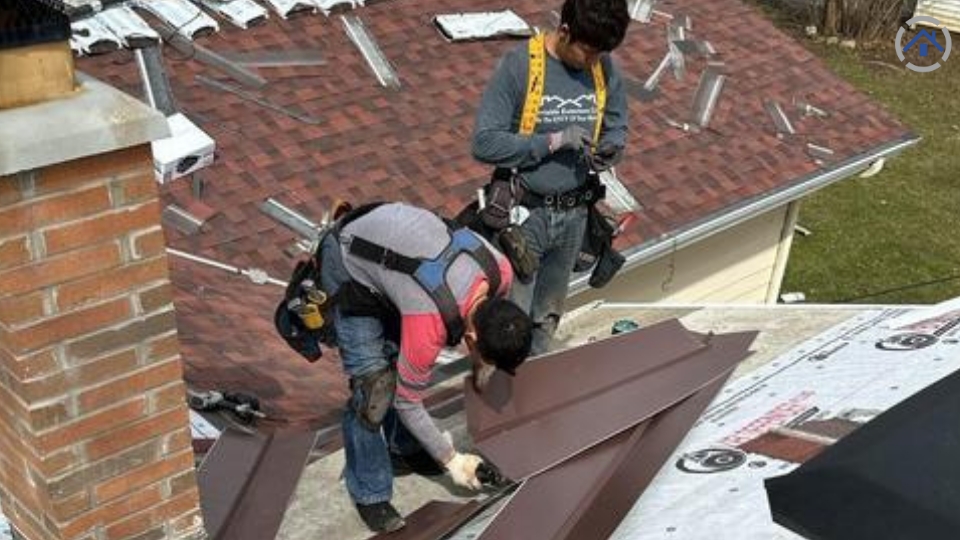
Proper ventilation is vital in managing temperature and humidity fluctuations that cause wood to expand and contract. Insufficient ventilation can lead to excessive moisture accumulation, exacerbating creaking issues. Ensure your attic or roof space is adequately ventilated, allowing for proper airflow and reducing the impact of humidity on wooden components.
If creaking sounds persist despite preventive measures, it is advisable to seek professional assistance. Experienced roofers can diagnose the underlying causes and provide appropriate repair solutions. This may include reinforcing the roof structure, replacing damaged components, or adjusting the spacing between roof decking to allow for wood expansion.
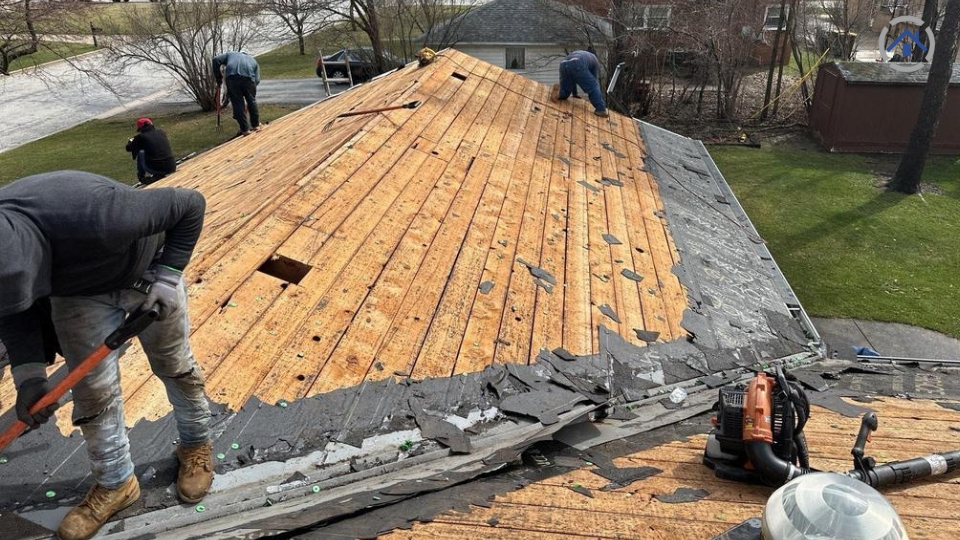
If your roof consistently emits creaking sounds, assessing whether it indicates an underlying issue is important. While occasional creaking may be normal due to temperature changes or the natural expansion and contraction of materials, persistent or excessive creaking could signify a problem. It is advisable to have a professional roof inspection to determine the cause of the continuous creaking and address any potential issues before they worsen.
Conclusion:
Roof creaking can be a nuisance, but implementing preventive measures and addressing potential issues can minimize and even eliminate the sounds. Regular maintenance and inspections, along with proper ventilation, insulation, and sealing, are crucial in preventing creaking caused by temperature and humidity changes. When preventive measures are insufficient, consulting a professional roofer for repairs and reinforcement can provide effective solutions. By taking these steps, you can ensure a more peaceful and comfortable living environment, free from the eerie sounds of roof creaking.
Remember, maintaining a healthy roof not only addresses creaking but also extends your roof's overall lifespan and durability, protecting your home from potential water damage and other structural issues.